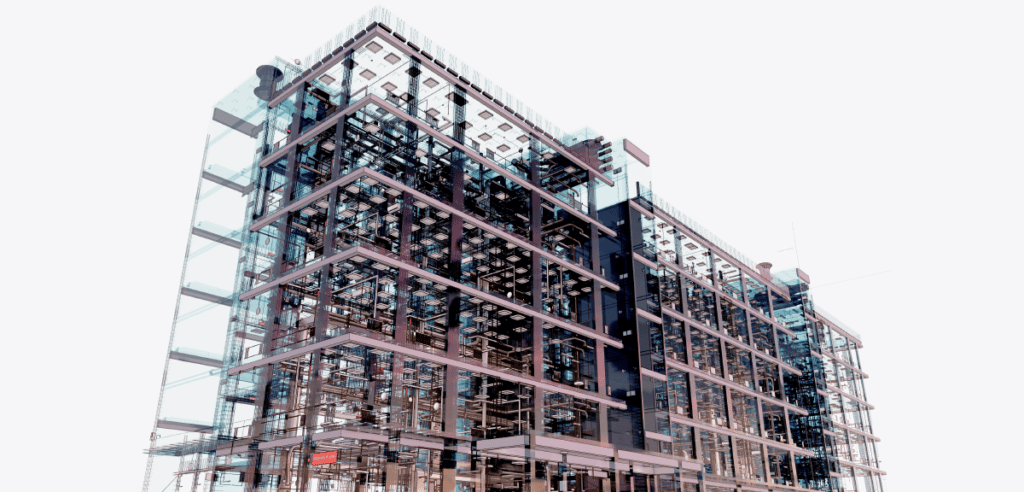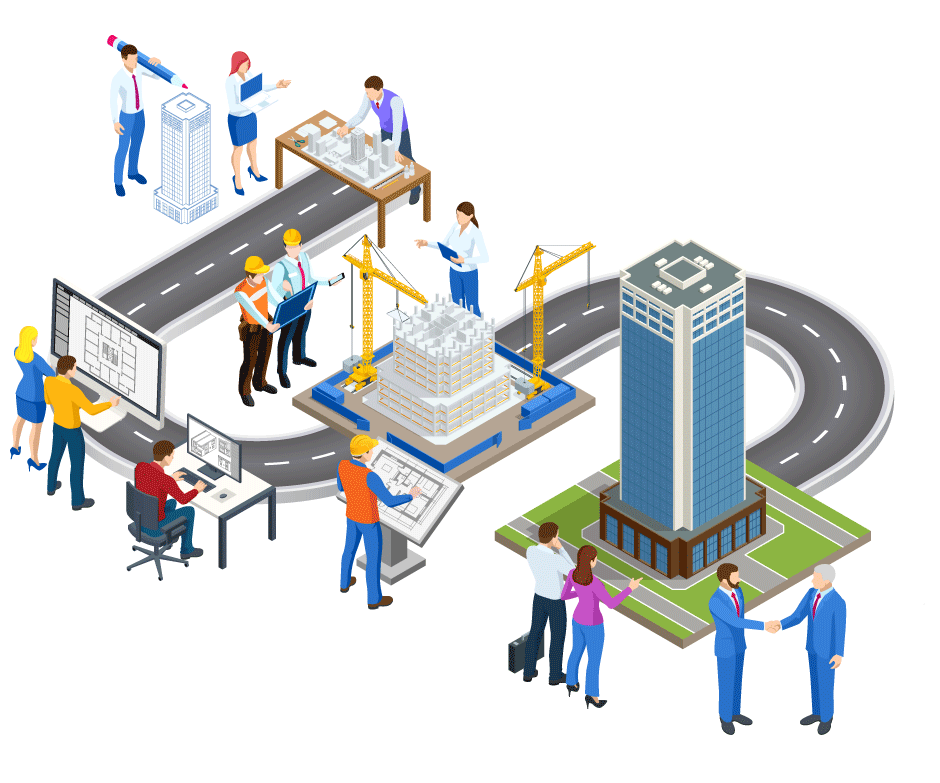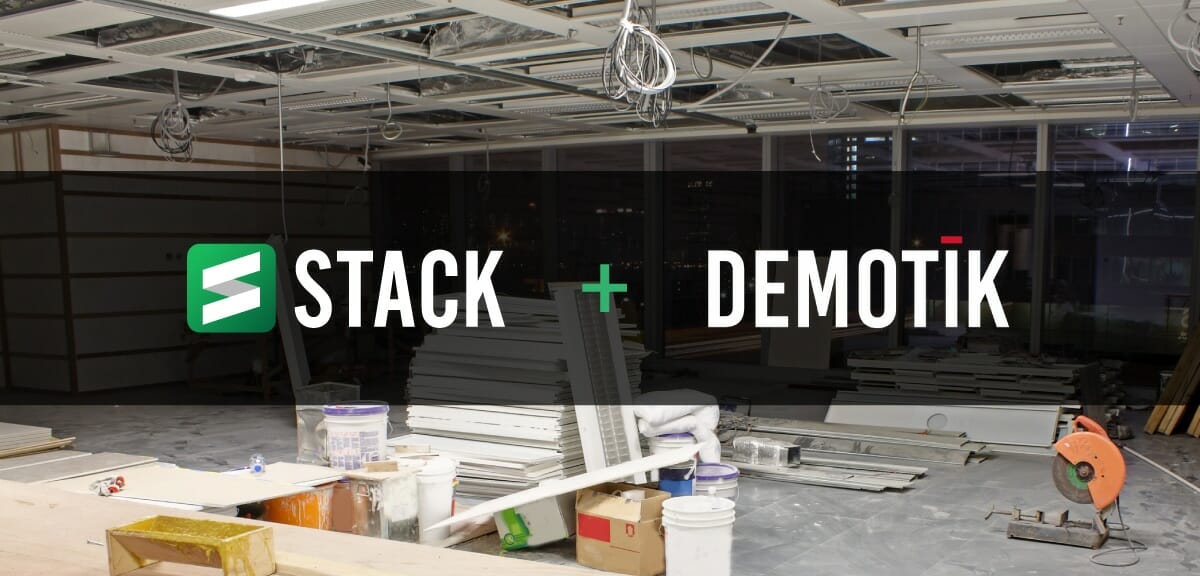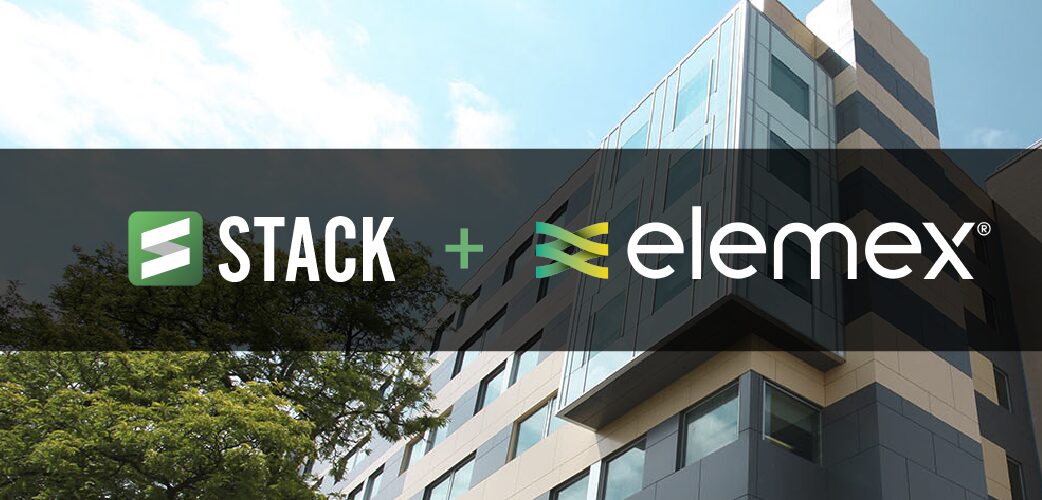
Remember being a kid and wanting to possess the ultimate superpower, x-ray vision? Imagine how valuable that would be on a jobsite. Well, you can think of Building Information Modeling (BIM) as the Superman of Data in the construction industry. BIM gives stakeholders in a construction life cycle the ultimate access to actionable data through its 3D (4D, 5D, and 6D…) models.
BIM is all about collaboration, efficiency, cost visualization, and streamlined workflows. Let’s take a look at what defines BIM, the difference between BIM and CAD, clash detections, and the future of BIM.
What Is BIM?
BIM is an extremely collaborative process between engineers, architects, manufacturers, and contractors to plan, design, and build a project based on a 3D model. This rich data is the interactive source of truth for all stages of a building life cycle. BIM envelopes everything from design and detailed material information to property management and building operations far after the job is completed. The data produced can improve accuracy, reduce change orders and rework, help collaboration, and reduce field management issues.
What Is the Difference between BIM and CAD?
CAD (Computer-Aided Design) and BIM are both part of the evolution of a blueprint. Originally, blueprints were hand-drawn, inaccurate, uncollaborative, and achingly time-consuming to produce. The invention of CAD transformed blueprints into 2D digital plans. CAD uses computer technology to design a building, giving architects better design quality and productivity in developing plans. With the introduction of 3D CAD, engineers are now able to conceptualize design, making a virtual prototype of the building.
BIM goes a step (or four) above CAD, using 3D, 4D, 5D, and sometimes 6D models which are based on levels of collaboration. These different levels add data like scheduling, cost estimation, and building energy consumption, enabling the most efficient workflow process for a building lifecycle.
BIM Clash Detection
Clash detection in BIM is identifying clashes between independent models during the complex design stage, helping stakeholders eliminate chances of multi-level design changes which can result in budget overruns and scheduling delays. When architectural, MEP, and structural designs integrate, BIM clash detection identifies where they overlap in the earliest stages of design before construction even begins, making sure everything is compatible.
The three types of clash detection are:
1. Hard Clash – when two or more components occupy the same space or interfere with each other. Ex: Plumbing is routed through a ceiling
2. Soft Clash – an object has a design violation for another component. Ex: A beam does not provide sufficient headspace in a room
3. Workflow Clash – conflicting scheduling and workflow in building information. Ex: Equipment delivery schedules do not align with site work schedules
The Future of BIM
According to this Allied Marketing Research report, the global BIM market was valued at $5,205 million in 2019 and is projected to reach $15,892 million by 2027. Stakeholders are starting to use virtual and augmented reality to “see” designs come to life and visualize things like clash detection. Architects are using it to sell their BIM designs. In the UK and France, certain BIM levels have become mandated. The US is slowly catching up with our European counterparts.
So, Who Needs BIM?
BIM is an indispensable tool for engineers, architects, and some large-scale contractors, but it may be more than what most contractors need for software solutions. Just because an astronaut takes a spaceship to get to work doesn’t mean you need to take one to the jobsite. Leverage the right technology for your business. Turn your company’s data into actionable business decisions that mitigate risks and maximize profits.








